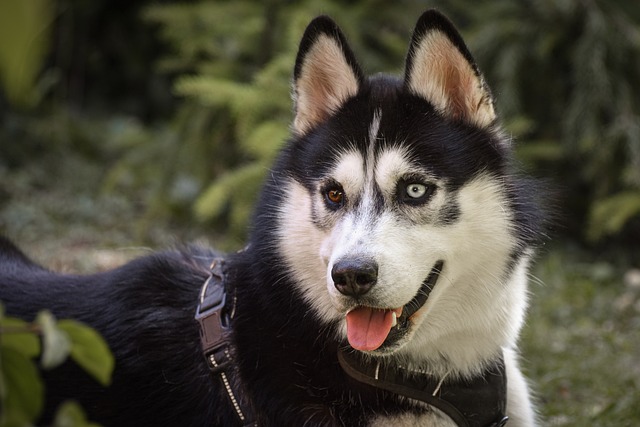
What is glaucoma in a dog?
You might notice your dog squinting more at mealtime or avoiding bright sunlight—these small changes could be early signs of a serious eye condition.
I’ll open with a scenario every new U.S. dog parent knows: It’s rainy evening in your Chicago apartment, and your 6-month-old Golden Retriever won’t stop gnawing at her paws—red, damp, and starting to look raw. You’ve tried moving her chew toy closer, but she ignores it, and panic sets in: What can I put on my dog’s paws to stop licking? This frustration is universal, and the answer lies in safe solutions that address the “why” behind the licking, not just the behavior.
The science starts with understanding the trigger. Dogs lick paws for reasons ranging from dry skin (common in winter with indoor heat) to allergies (grass, pollen, even laundry detergent) or anxiety. Over-licking breaks down the paw pad’s protective barrier, leading to infections—my Austin vet calls this “lick granuloma,” a cycle where irritation fuels more licking. The best products work two ways: either they taste bitter (deterring licking without harm) or soothe the root issue (moisturizing dry pads, calming inflammation). Crucially, they must be non-toxic—dogs groom themselves, so anything you apply ends up in their mouths.
Let’s dive into safe, actionable fixes with real stories. First, vet-approved bitter gels: Look for brands with denatonium benzoate (the safe bittering agent in pet products). My neighbor in Denver used this on her Chihuahua, who licked paws from separation anxiety—within 3 days, she’d lost interest. For dry paws, unrefined coconut oil works wonders: Warm a teaspoon in your hands, massage into pads, and let it soak in. I did this for my rescue Beagle after winter walks, and his cracked paws healed in a week (pro tip: wipe excess oil with a towel to avoid slippery floors!). For allergic reactions, hydrocortisone balms (pet-specific, not human!) reduce itching—my LA friend’s Lab stopped licking after 2 days of applying it post-grass walks. Always clean paws first with a damp cloth; dirt traps irritation.

This ties directly to U.S. pet culture and rules. First, never scold a dog for licking—punishment increases anxiety, worsening the habit (positive reinforcement is the only acceptable approach here). Instead, reward them with a treat when they leave their paws alone—my Chicago roommate taught her Pug this trick in 5 days. For apartments, keep a paw-wiping station by the door (use pet-safe wipes) to remove allergens and avoid sticky floors from coconut oil. When walking, steer clear of chemical-treated grass (common in HOA communities) and always carry poop bags (fines hit $300 in NYC). Keep rabies vaccine records handy too—vets often check paw health during appointments, and compliant care means a healthier pup.
Watch for signs: Less licking, smooth pads, and relaxed behavior mean it’s working. The key is matching the product to the cause—dry paws need moisture, anxiety needs deterrence. Knowing what to put on your dog’s paws to stop licking turns a frustrating habit into a chance to care for your pup, exactly what new dog parents need.

You might notice your dog squinting more at mealtime or avoiding bright sunlight—these small changes could be early signs of a serious eye condition.

Let’s set the scene: It’s a sweltering Phoenix afternoon—105°F outside—and you rushed your 2-year-old Lab mix, Cooper, on a quick walk to “get it over with.”

Let’s get real: You’re in your Miami apartment, watching your 3-year-old Corgi, Loki, struggle to climb the stairs to your second-floor unit.

Many dog owners brush off occasional scratching as just “dog behavior,” but persistent itching often signals something more—like a food allergy.

You might first notice your dog scratching more than usual—chewing at their paws until the fur looks thin, or rubbing their face against the couch nonstop.

Let’s be real: You’re standing in your Chicago apartment, watching your 3-year-old Beagle, Max, huff and puff just to climb onto the couch.